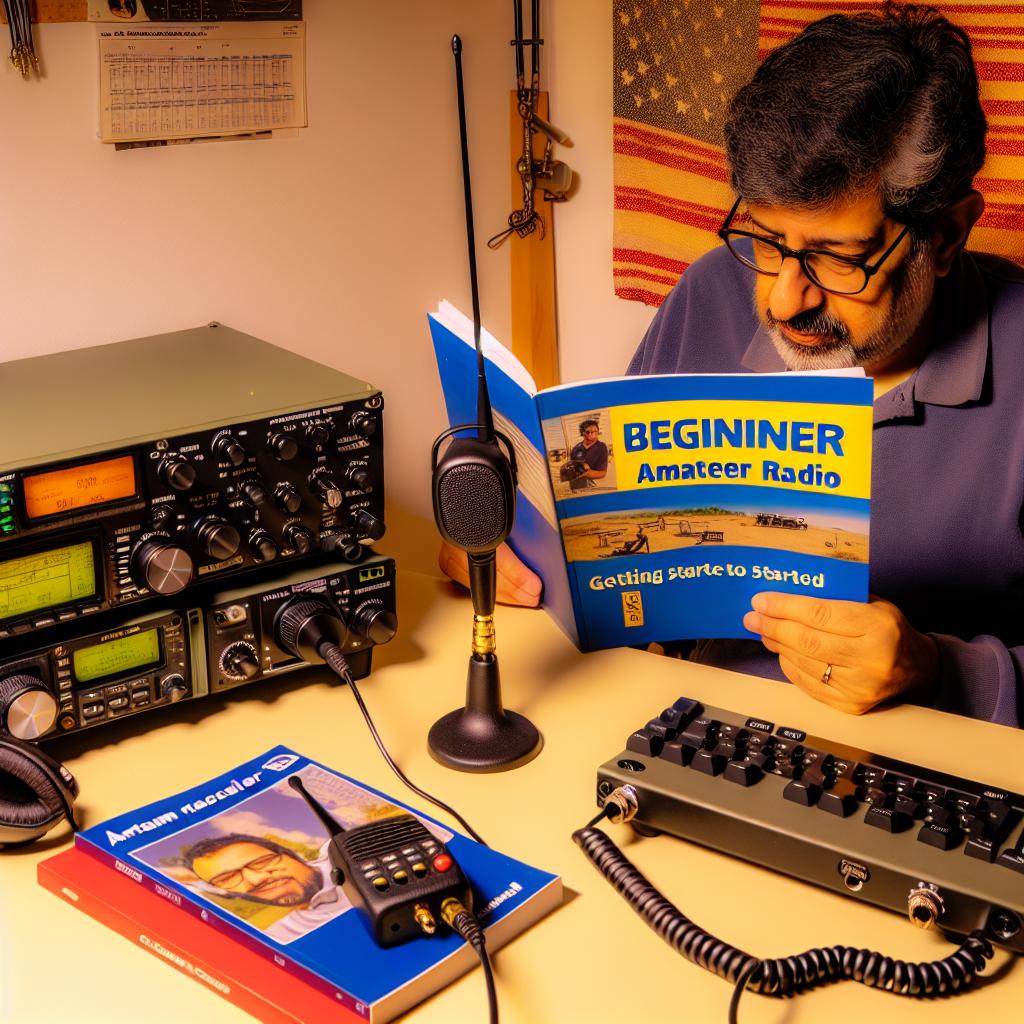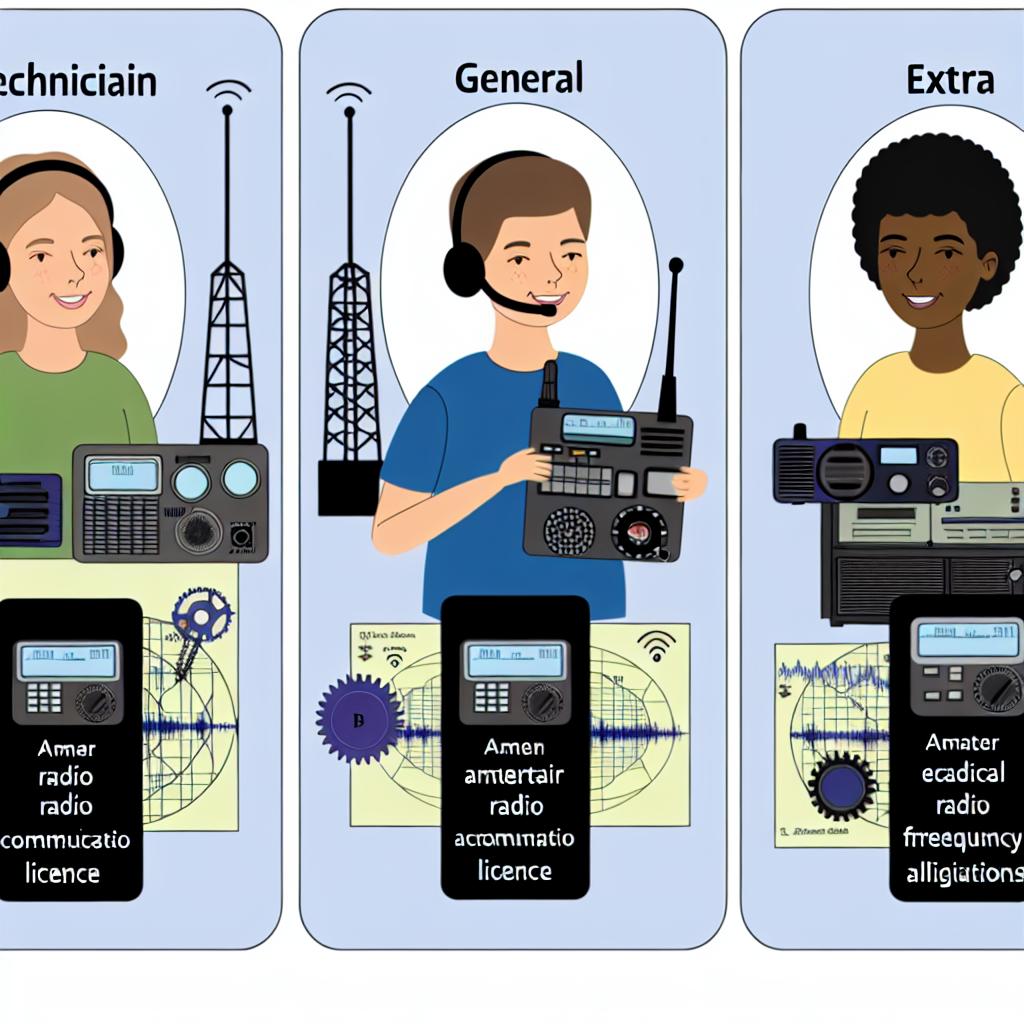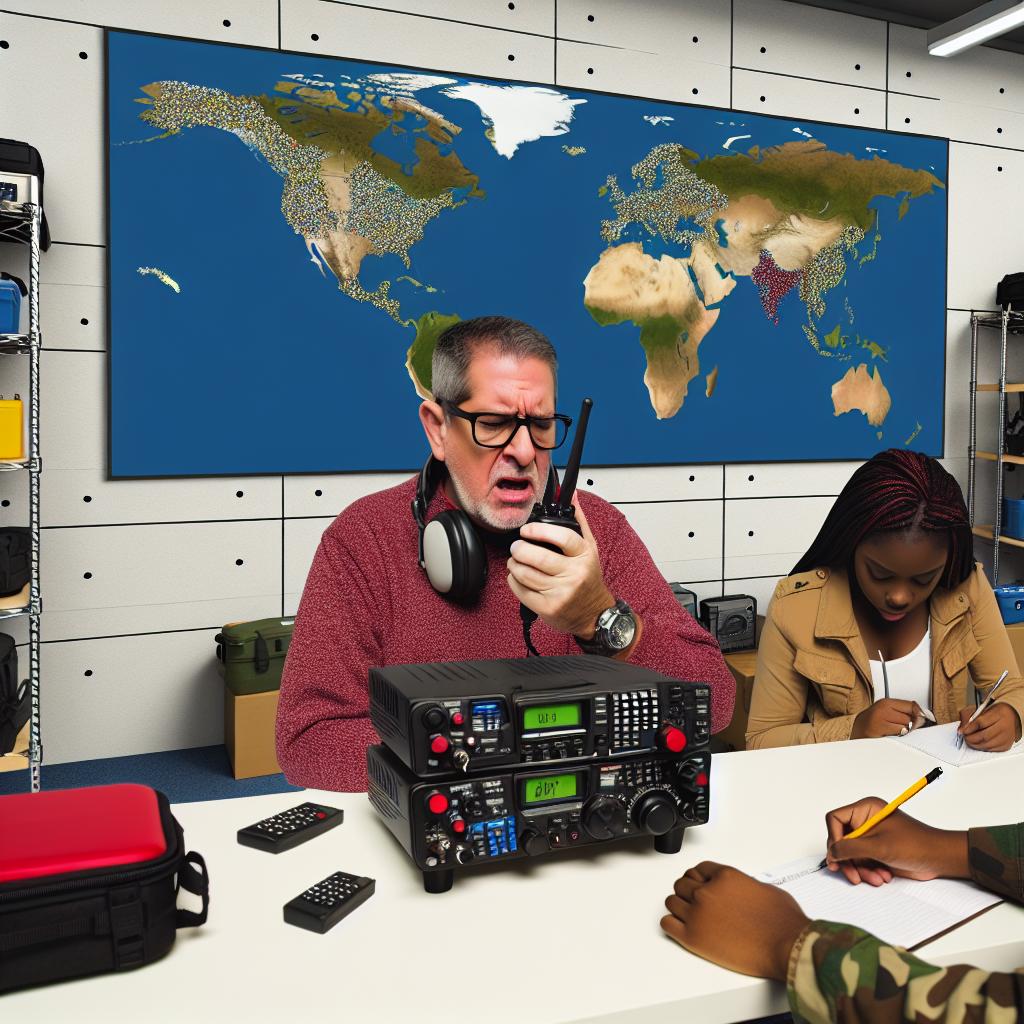Understanding Amateur Radio
Amateur radio, often referred to as “ham radio”, is a popular hobby that allows individuals to experiment with and communicate on various radio frequencies. This hobby opens doors to learning about electronics, wireless communication, and emergency services. It is more than just a hobby; it’s a resource for public service, advancement of technology, and personal communication.
The Basics of Amateur Radio
The term “amateur” in amateur radio does not mean unprofessional; rather, it refers to operators who engage in radio communications for personal interest and without monetary compensation. Enthusiasts of amateur radio communicate with each other around the world, exchange ideas, and assist during emergencies, proving its significance beyond just a leisure activity.
Amateur Radio Bands
Amateur radio operates in a multitude of frequency bands allocated by governments worldwide. These bands are categorized primarily based on frequency ranges, including low frequency (LF), medium frequency (MF), high frequency (HF), very high frequency (VHF), ultra high frequency (UHF), and microwave bands. Each range offers distinct characteristics that affect the propagation of radio waves, thus influencing the distance and quality of communication. HF bands are typically used for long-distance communication, whereas VHF and UHF bands are suitable for local communications, often utilized by handheld and mobile transceivers.
Amateur Radio Licensing
Operating an amateur radio requires obtaining a license. This ensures the operator is well-versed in handling radio equipment and adhering to regulations governing radio communications. Licensing exams generally cover a variety of topics including electronic theory, practical operating procedures, and awareness of radio regulations. Passing these exams is crucial to ensure that amateur radio does not interfere with other communication services.
Steps to Get Licensed
- Study the material pertinent to your country’s amateur radio examination. Most countries provide detailed handbooks or syllabuses that outline exam structures and subjects.
- Join a local amateur radio club or community. These groups often provide study guides and hold coaching sessions.
- Register for an examination with the relevant authority in your country.
- Pass the examination to receive your amateur radio license.
Selecting Your First Radio
Choosing the right equipment is vital for a seamless entry into amateur radio. Beginners are recommended to start with simple equipment and upgrade over time as they become more proficient in the operation and maintenance of radio systems.
Types of Amateur Radios
Handheld Transceivers
Commonly known as “HTs”, handheld transceivers are convenient and affordable entry-level radios. They are portable and ideal for local communication on VHF and UHF bands. These compact devices often come with features that allow new operators to connect with local repeaters, extend communication range, and participate in nets.
Mobile Radios
Mobile radios are designed for installation in vehicles and offer more power than handheld transceivers. These radios are perfect for those who begin by participating in local nets or communications while on the move, offering an ideal solution for professionals who commute frequently. With higher output power, they provide clearer signals and have extended reach compared to handheld transceivers.
Base Station Radios
Base station radios are suitable for dedicated amateur radio setups in homes. These robust systems allow communication on a wider range of frequencies and offer more advanced features, including digital modes and the ability to tweak and modify settings for optimum performance. Base stations can be a significant investment but offer excellent range and versatility, supporting both local and international communications.
Engaging with the Amateur Radio Community
The amateur radio community is vast and diverse, offering ample opportunities for interaction, learning, and growth.
Joining Clubs and Groups
Becoming part of a local amateur radio club is one of the best ways to immerse yourself in the world of ham radio. These clubs provide a support network where experiences can be shared, knowledge can be gained, and participation in various events is encouraged. Clubs also organize regular meetings, workshops, and contests that offer practical learning experiences and foster community collaboration.
Participating in Contests and Events
Contests, or “contesting,” present a competition framework where operators aim to establish two-way contacts with as many stations as possible in a set time period. It is an exhilarating way to hone communication skills while also being a fun way to engage with other hams worldwide. Conventions and “field days” are organized, where hams set up temporary stations outdoors, providing practical experience in emergency communication scenarios and offering a chance to test and refine technical skills in a controlled, yet dynamic environment.
Conclusion
Embarking on your amateur radio journey can be an enriching experience. It combines the excitement of communication, the vibrancy of community engagement, and the intrigue of technological discovery. Starting with the right information and support can ease the process of becoming a seasoned amateur radio operator. For further reading, consult the relevant American Radio Relay League (ARRL) or Radio Society of Great Britain (RSGB) resources for more detailed guides.



